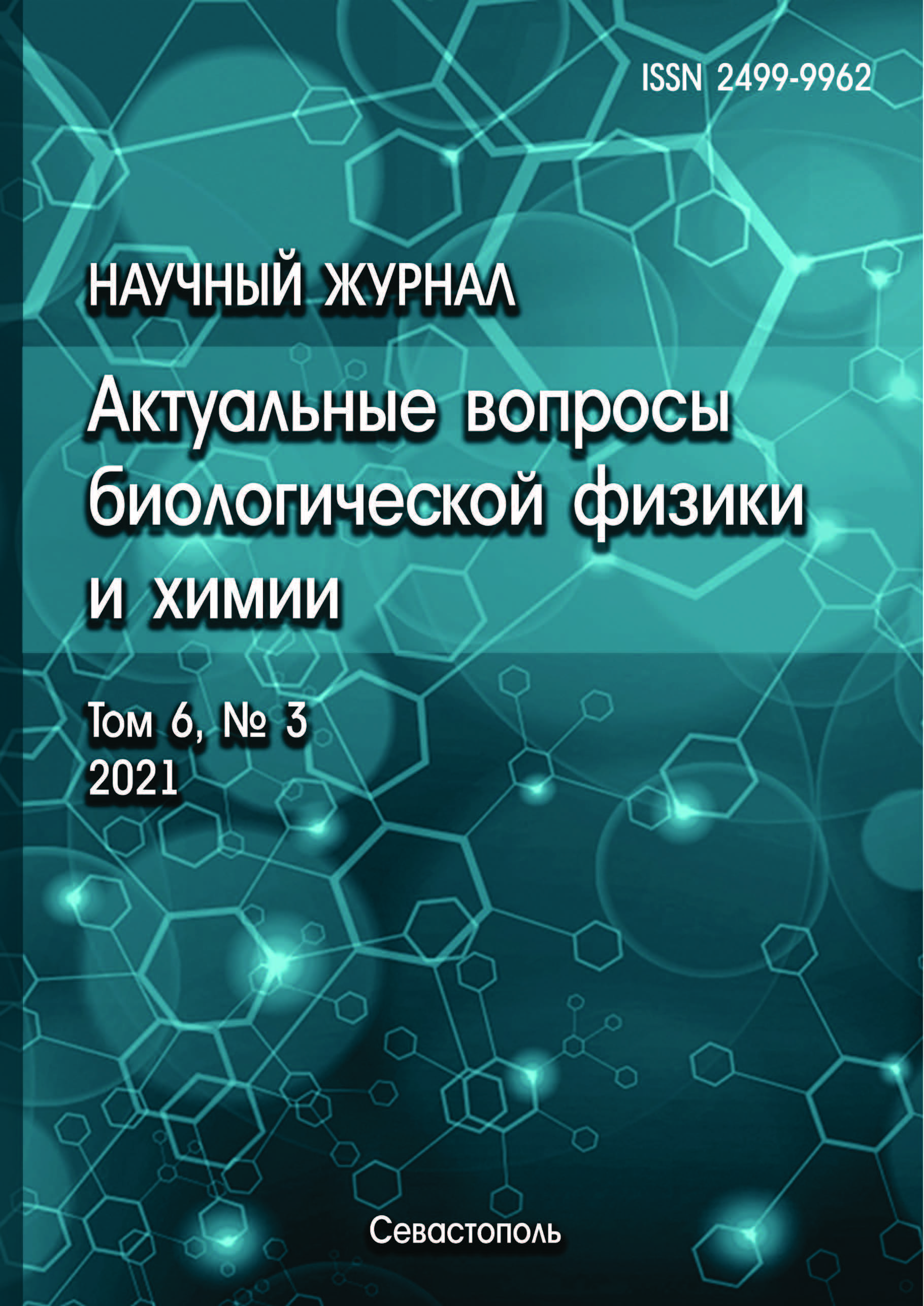Histological studies in regenerative medicine are one of the most reliable methods for studying the variable reactivity and adaptive variability of cells and tissues under the influence of outer factors. However, processing with chemical fixatives, dehydration, making sections and staining of samples, being an integral part of histological sample preparation for subsequent optical microscopy, lead to the impossibility of obtaining the most accurate information about the vital state of the tissues of the sample under study. In this work, the method of acoustic microscopy is proposed as a safe, non-invasive and vital method for studying the microstructure of a spongeous scaffolds based on chitosan after implantation into a rat's body. Chitosan is a natural biocompatible polymer, has hemostatic activity, as well as antibacterial and antiseptic, due to which it is widely used in tissue engineering, therapy of infectious diseases, and disaster medicine [1]. The explants were examined by acoustic and optical microscopy using histological techniques. The rate of degradation of spongeous scaffolds based on chitosan under conditions of aseptic and purulent wounds was estimated. As a result of this study, the effectiveness of acoustic microscopy as a non-invasive, non-destructive tool for visualizing the results of the biodegradation of scaffolds based on chitosan has been demonstrated.
spongeous scaffold, chitosan, acoustic microscopy
1. El-banna F., Mahfouz M., Leporatti S., El-Kemary M., and Hanafy N. Chitosan as a Natural Copolymer with Unique Properties for the Development of Hydrogels: Appl. Sci., 2019, vol. 9, no. 11, p. 2193. doi:https://doi.org/10.3390/app9112193
2. Meng Q., Sun Y., Cong H., Hu H. & Xu F. (2021) An overview of chitosan and its application in infectious diseases: Drug Delivery and Translational Research, vol. 11, pp. 1340-1351. doi:https://doi.org/10.1007/s13346-021-00913-w
3. Gumenyuk A., Ushmarov D., Gumenyuk S., Gayvoronskaya T., Sotnichenko A, Melkonyan K., Manuylov A., Antipova K., Lukanina K., Grigoriev T, Domenyuk D. Potential Use of Shitozan-Based Multilayer Wound Sovering in Dental Practice: Archiv Euromedica, 2019, vol. 9, no. 3, pp. 76-80. doi:https://doi.org/10.35630/2199-885X/2019/9/3.24 EDN: https://elibrary.ru/OQSBRQ
4. Nwe N., Furuike T. and Tamura H. The Mechanical and Biological Properties of Chitosan Scaffolds for Tissue Regeneration Templates Are Significantly Enhanced by Chitosan from Gongronella butleri: Materials, 2009, vol. 2, pp. 374-398. doi:https://doi.org/10.3390/ma2020374
5. Kim K., Wagner W.R. Non-invasive and Non-destructive Characterization of Tissue Engineered Constructs Using Ultrasound Imaging Technologies: A Review. Annals of biomedical engineering, 2016, vol. 44, no. 3, pp. 621-635. doi:https://doi.org/10.1007/s10439-015-1495-0 EDN: https://elibrary.ru/WULEST
6. Mansour J.M., Gu Di-Win M., Chung C., Heebner J., Althans J., Abdalian S., Schluchter M., Liu Y., Welter J. Towards the feasibility of using ultrasound to determine mechanical properties of tissues in a bioreactor: Annals of Biomedical Engineering, 2014, vol. 40, no. 10, pp. 2190-2202. doi:https://doi.org/10.1007/s10439-014-1079-4
7. Ruland A., Chen X., Khansari A., D Fay C., Gambhir S., Yue Z., Wallace G. A contactless approach for monitoring the mechanical properties of swollen hydrogels: Soft Matter, 2018, vol. 14, no. 35, pp. 7228-7236. doi:https://doi.org/10.1039/c8sm01227j
8. Nguyen C., Nguyen B., Hsieh M. Curcumin-Loaded Chitosan/Gelatin Composite Sponge for Wound Healing Application: International Journal of Polymer Science, 2013, vol. 2. doi:https://doi.org/10.1155/2013/106570
9. Jayakumar R., Prabaharan M., Sudheesh Kumar P.T., Nair S.V., Tamura, H. Biomaterials based on chitin and chitosan in wound dressing applications. Biotechnology Advances, 2011, vol. 29, no. 3, pp. 322-337. doi:https://doi.org/10.1016/j.biotechadv.2011.01.005 EDN: https://elibrary.ru/ONJMFL
10. Gumenyuk S.E., Gayvoronskaya T.V., Gumenyuk A.S., Ushmarov D.I., Isyanova D.R. Modelirovanie ranevogo processa v eksperimental'noy hirurgii. Kubanskiy nauchnyy medicinskiy vestnik, 2019, t. 26, № 2. doi:https://doi.org/10.25207/1608-6228-2019-26-2-18-25@@Gumenyuk S.E., Gaivoronskaya T.V., Gumenyuk A.S., Ushmarov D.I., Isyanova D.R. Modeling the wound process in experimental surgery. Kuban Scientific Medical Bulletin, 2019, vol. 26, no. 2. (In Russ.) doi:https://doi.org/10.25207/1608-6228-2019-26-2-18-25 EDN: https://elibrary.ru/NULEGE










